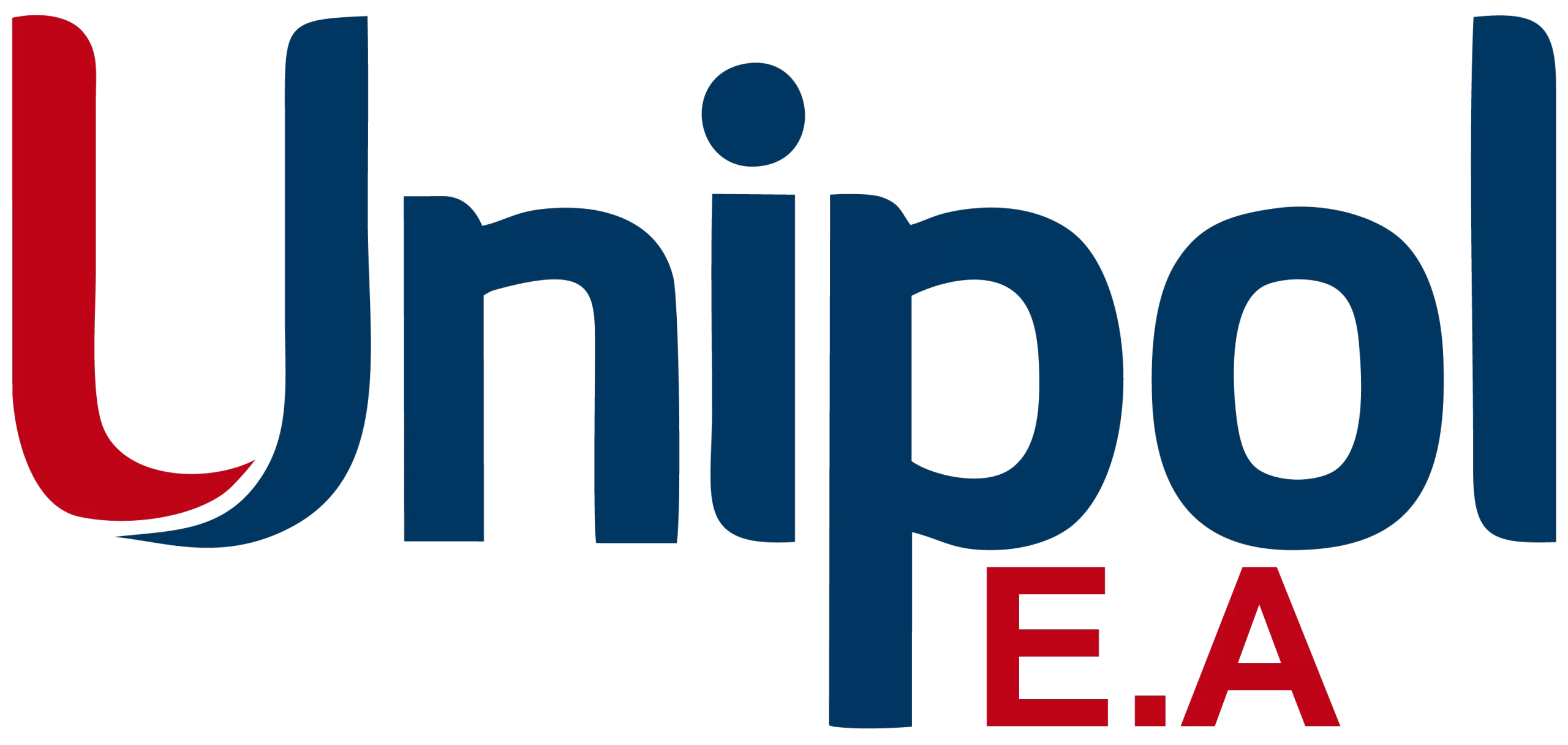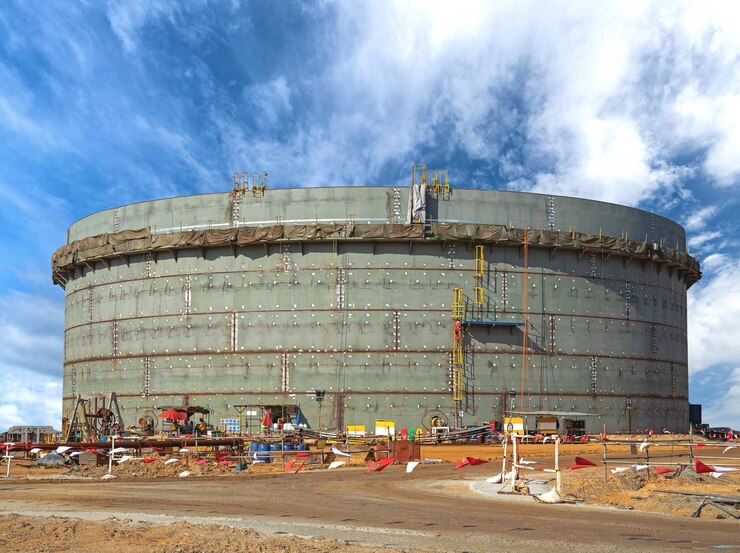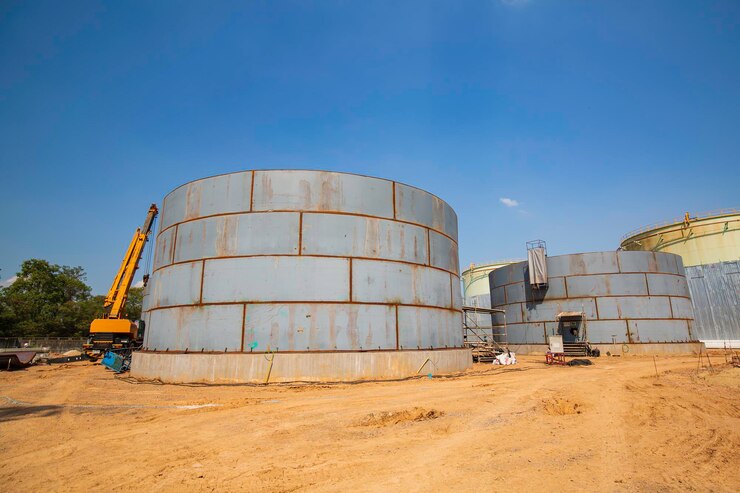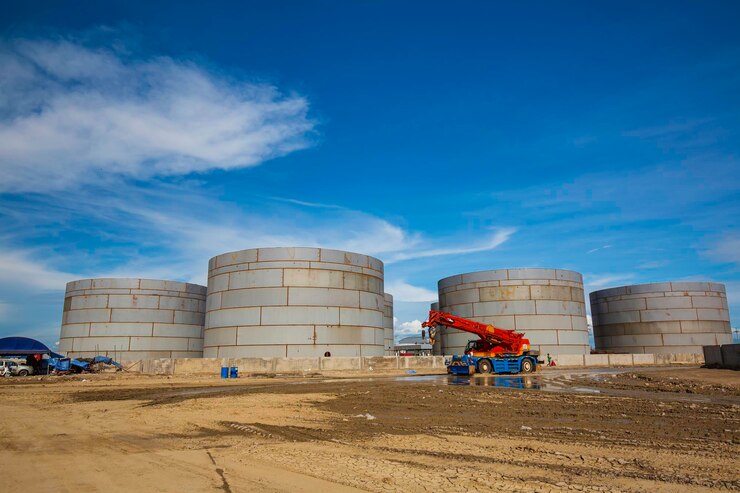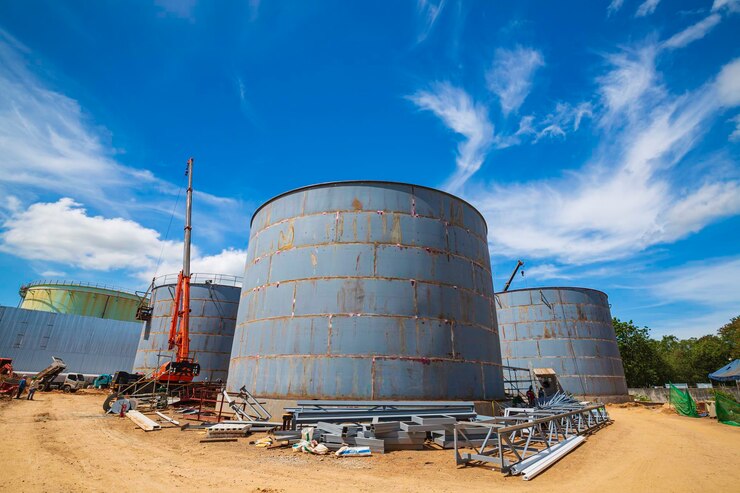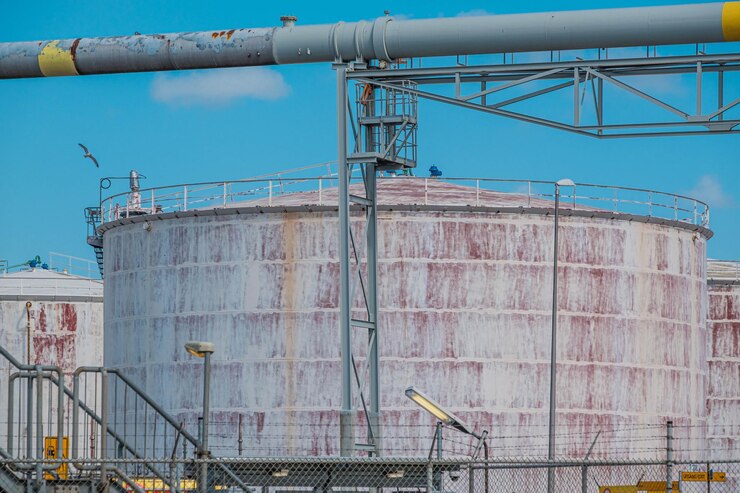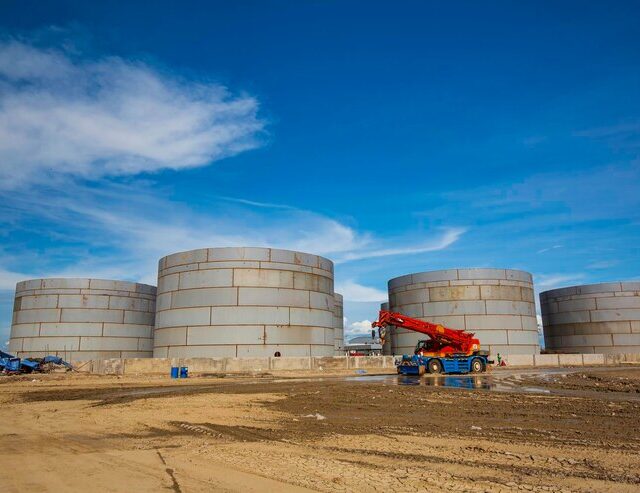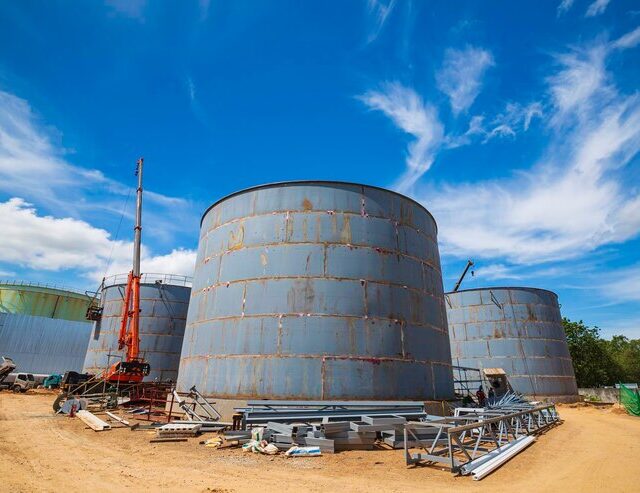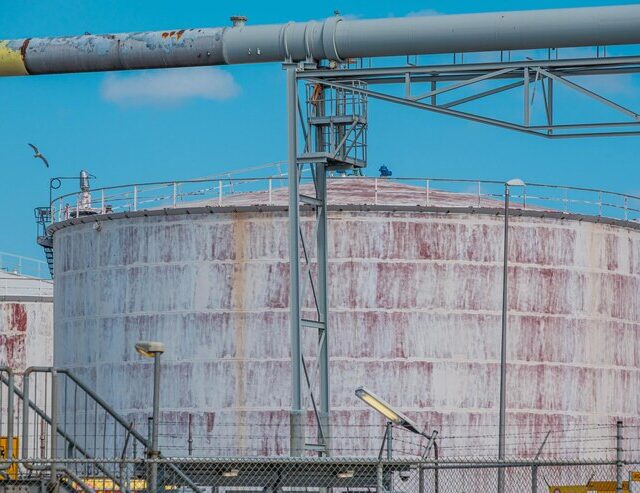Objectives of the Reservoir:
- Ensure Water Availability: The reservoir will serve as a backup supply of water during dry seasons or in case of disruptions to the primary water source.
- Support Local Agriculture: Kiambu is an agriculturally significant area, and a water reservoir will provide essential irrigation for farms, particularly during dry spells.
- Improve Water Distribution: The reservoir can enhance the local water distribution network by maintaining a steady supply and pressure to the surrounding areas.
- Promote Sustainable Water Management: The reservoir will help balance water availability and demand, mitigating water scarcity and supporting long-term sustainability.
Materials and Equipment:
- Concrete or Reinforced Concrete: For above-ground structures.
- Earth/Soil: If an earth dam or embankment dam is used.
- Steel Reinforcement Bars (Rebar): To reinforce concrete structures.
- Pumps, Pipes, and Valves: For managing water inflow and outflow.
- Excavators and Bulldozers: For site preparation and excavation.
- Crane and Lifting Equipment: For lifting and placing large sections of concrete or structural components.
Environmental and Safety Considerations:
- Environmental Impact Assessment (EIA): Before construction begins, an EIA will need to be conducted to ensure that the project does not negatively affect local ecosystems, wildlife, or water quality. This is especially important if the reservoir is located near sensitive areas like rivers or forests.
- Flood Risk Management: The design must include proper drainage and overflow systems to handle periods of excessive rain, ensuring that the reservoir does not pose a flood risk.
- Community Engagement: Ensuring local communities are informed and involved in the process, as they may be impacted by construction activities, water usage, or potential disruptions to access.
- Year
- 2023
- Technology
- Advanced
- Service
- Water Works
